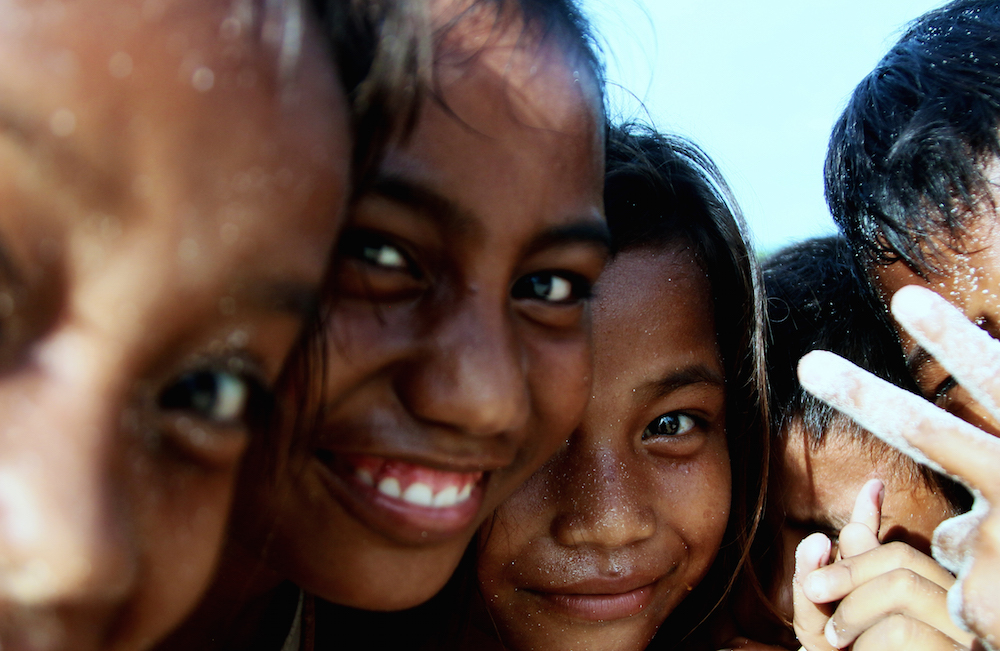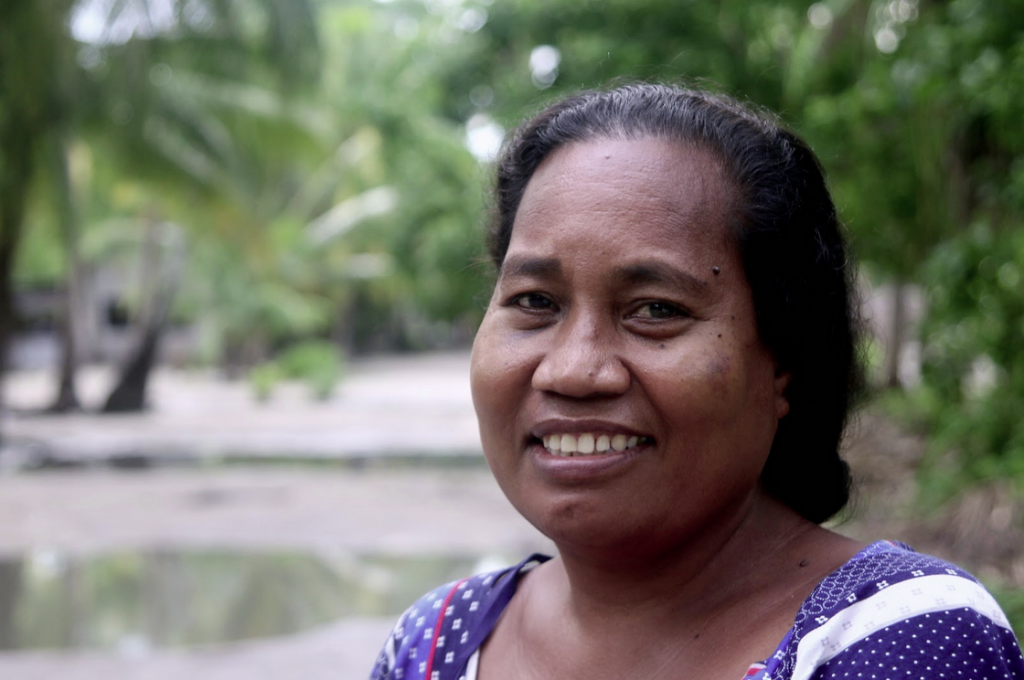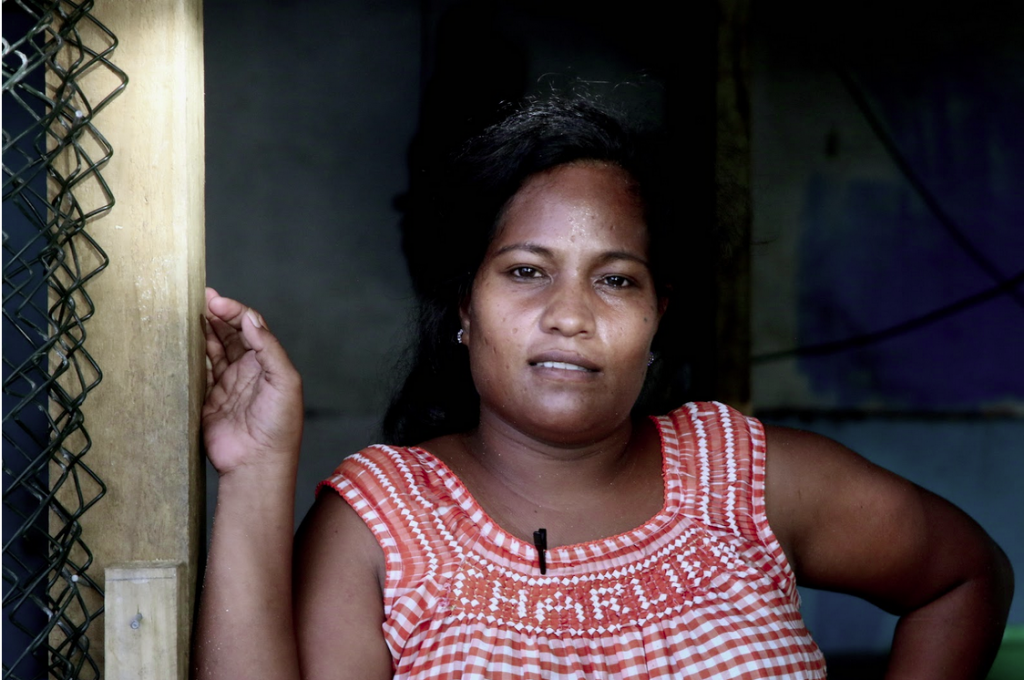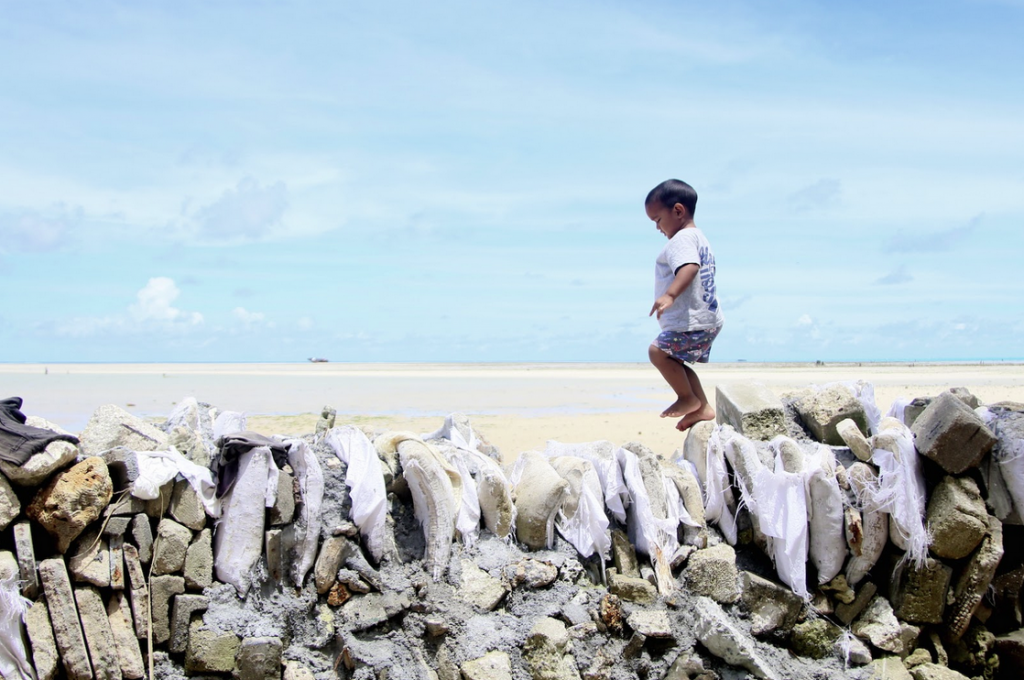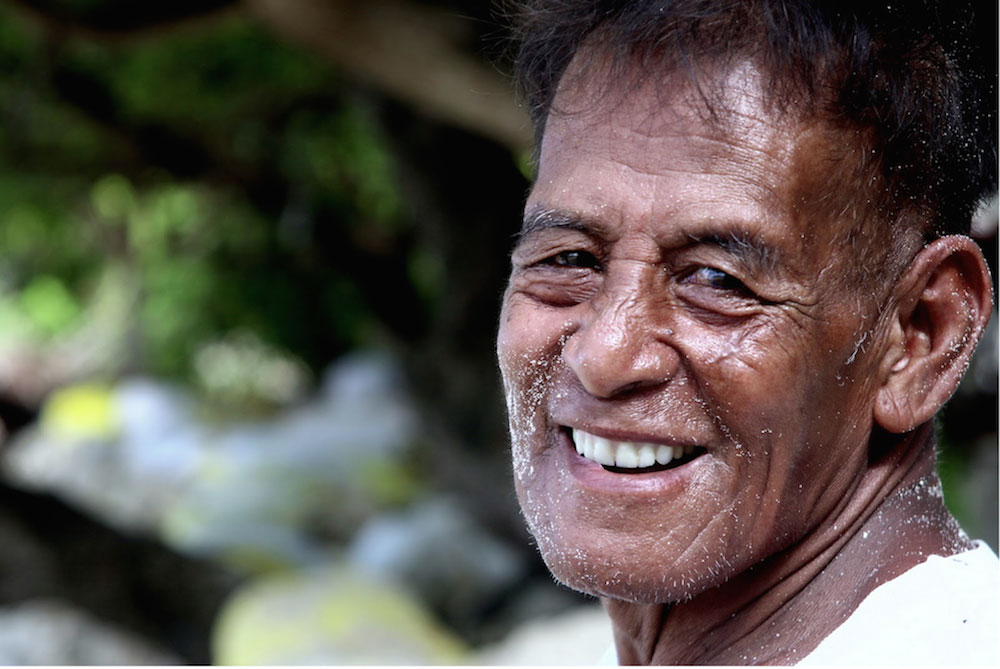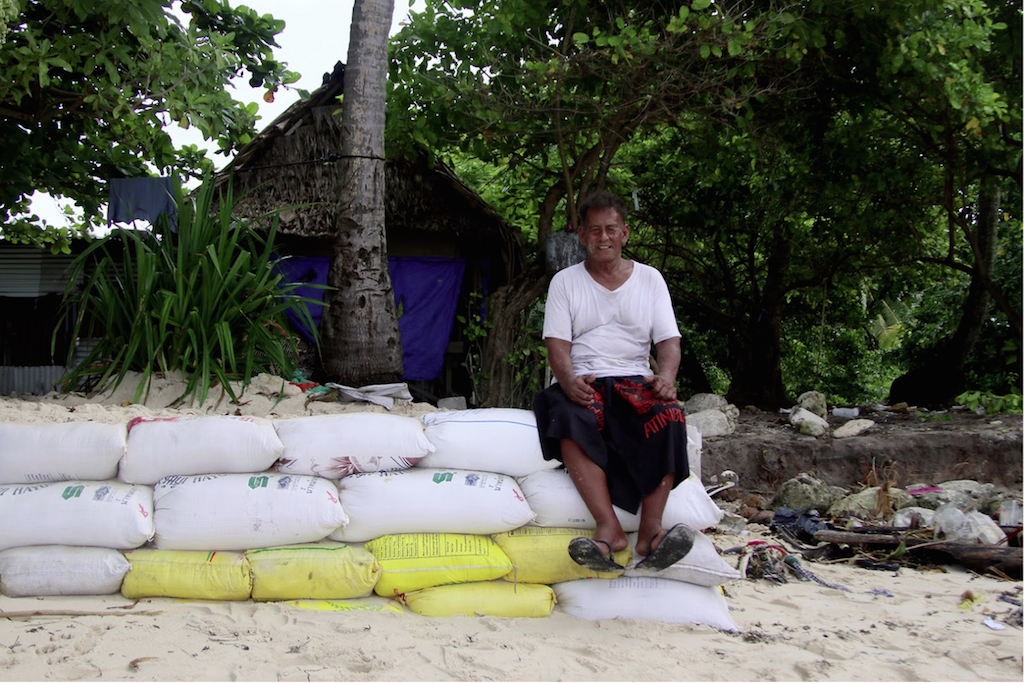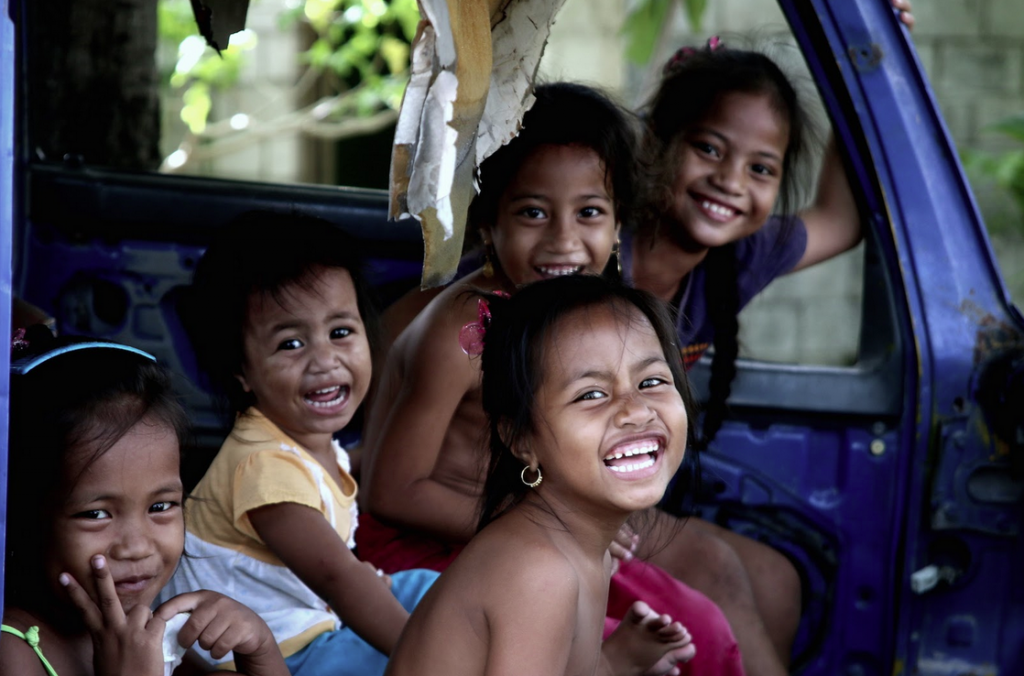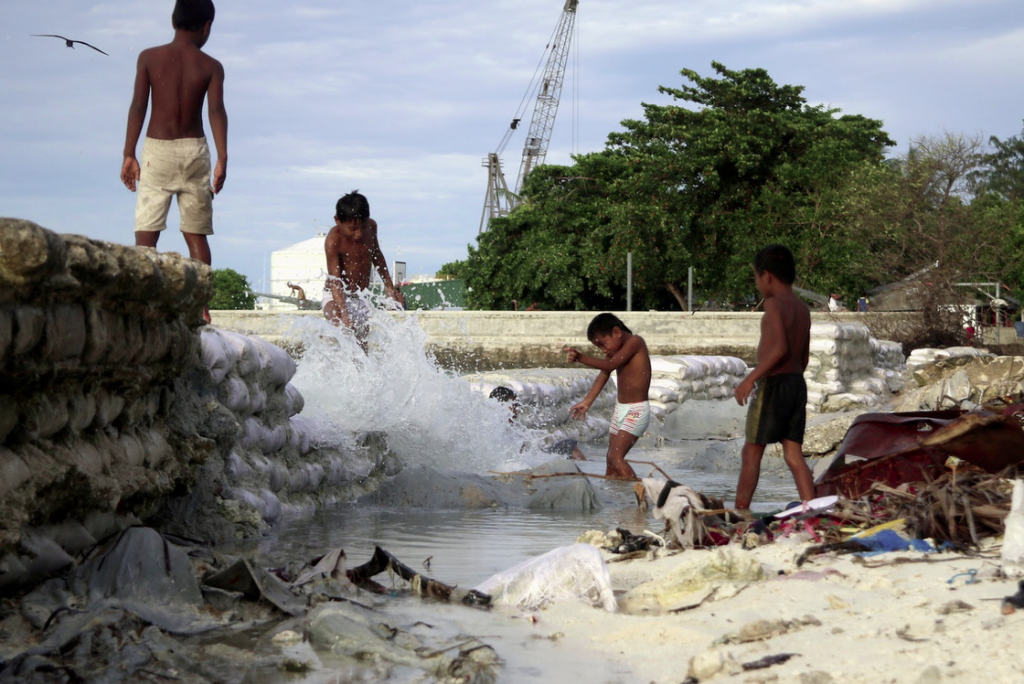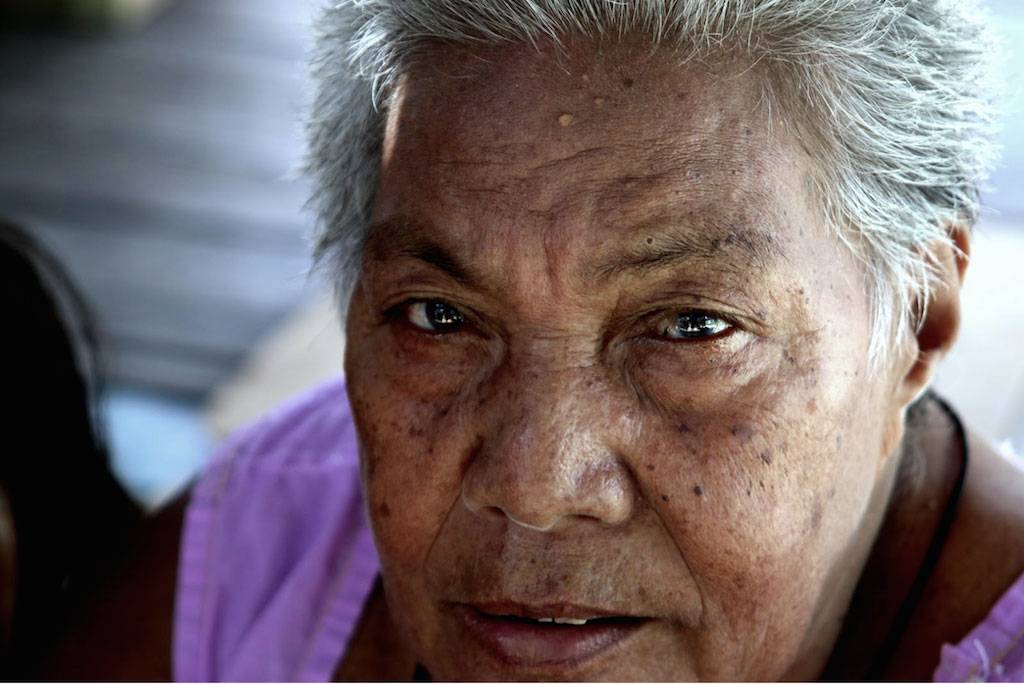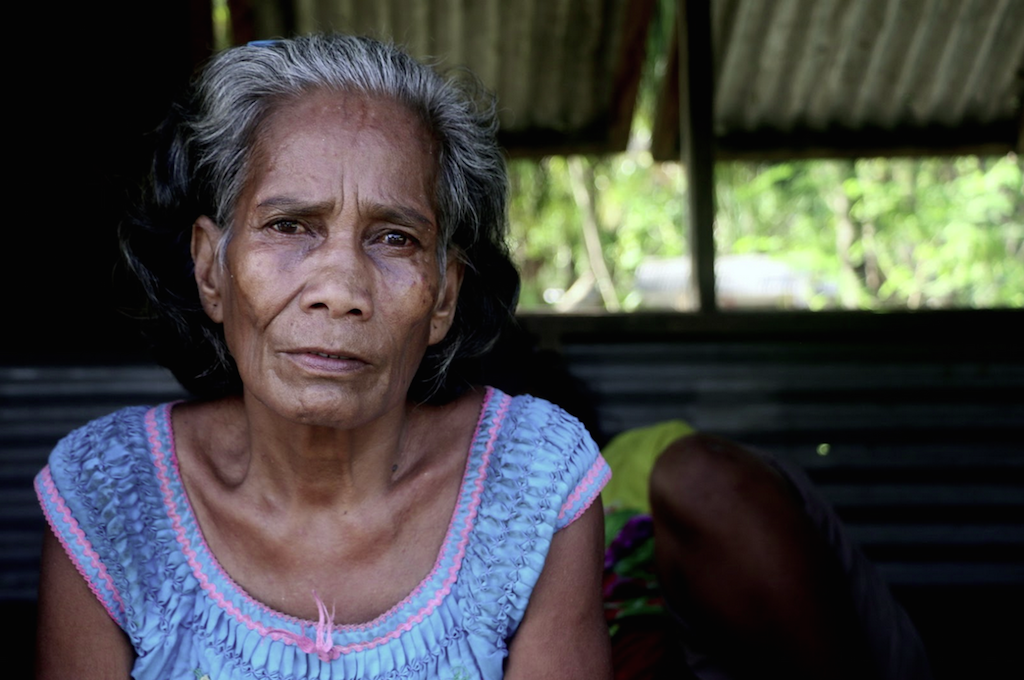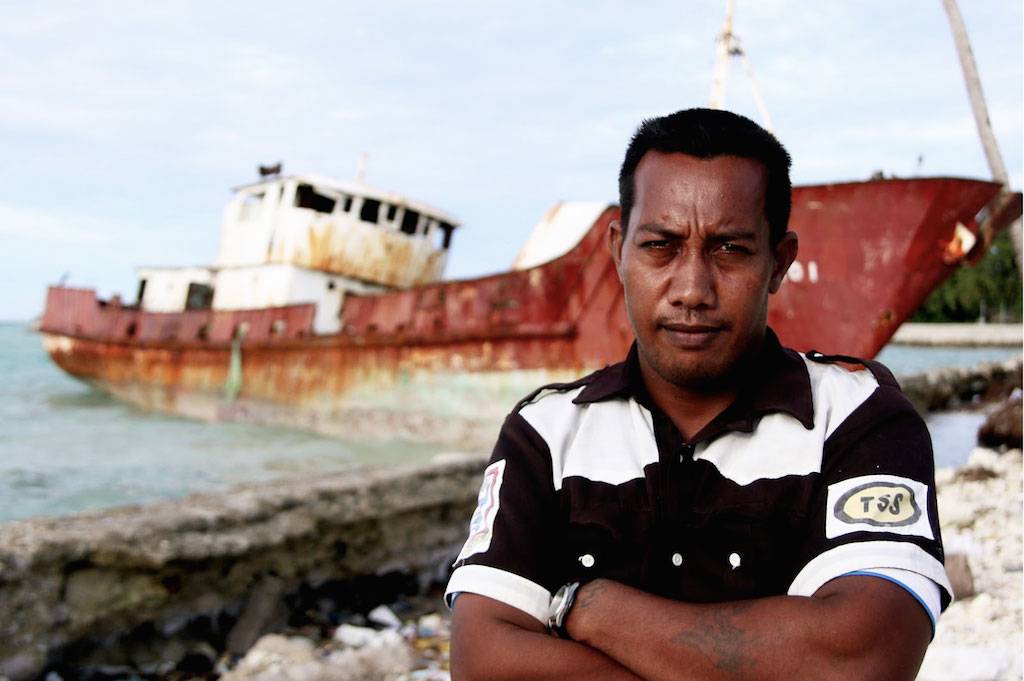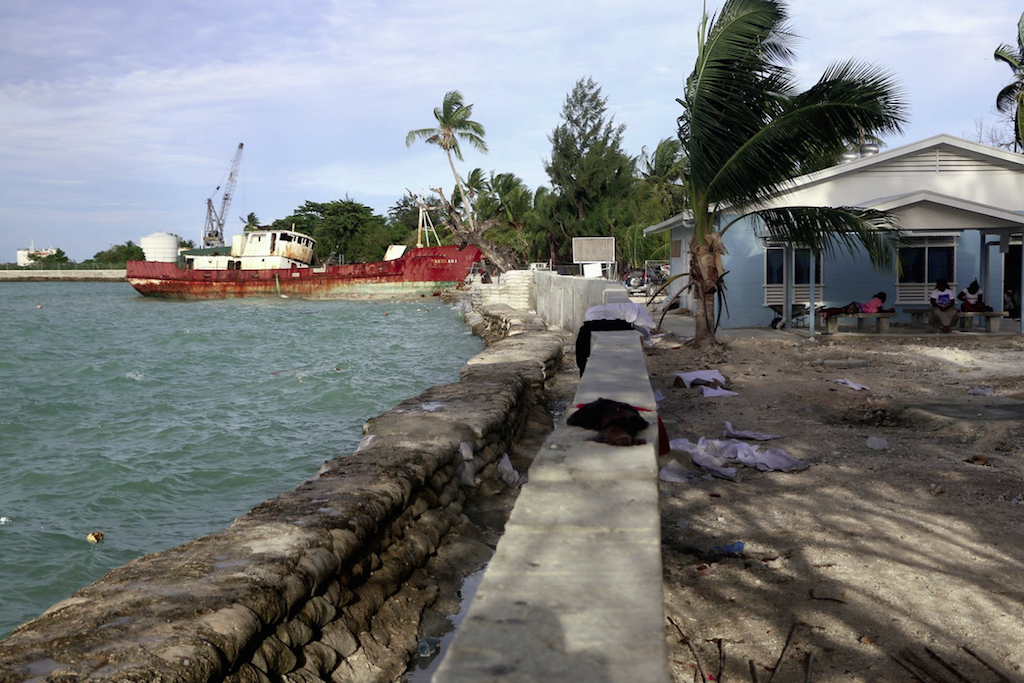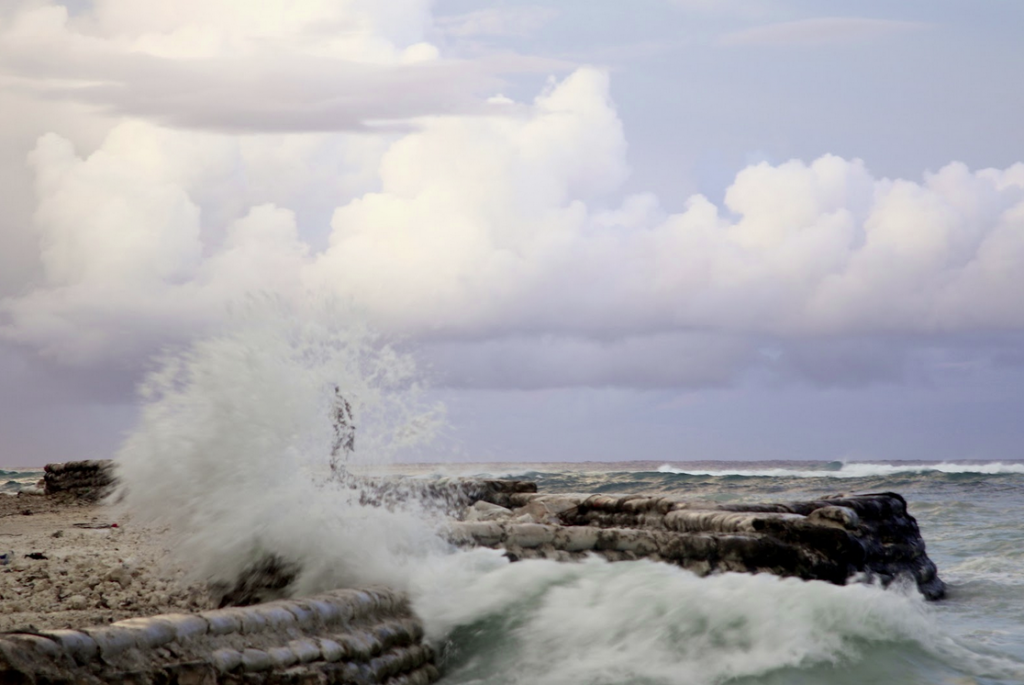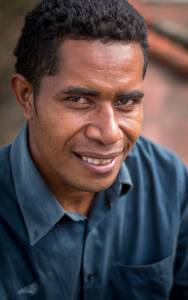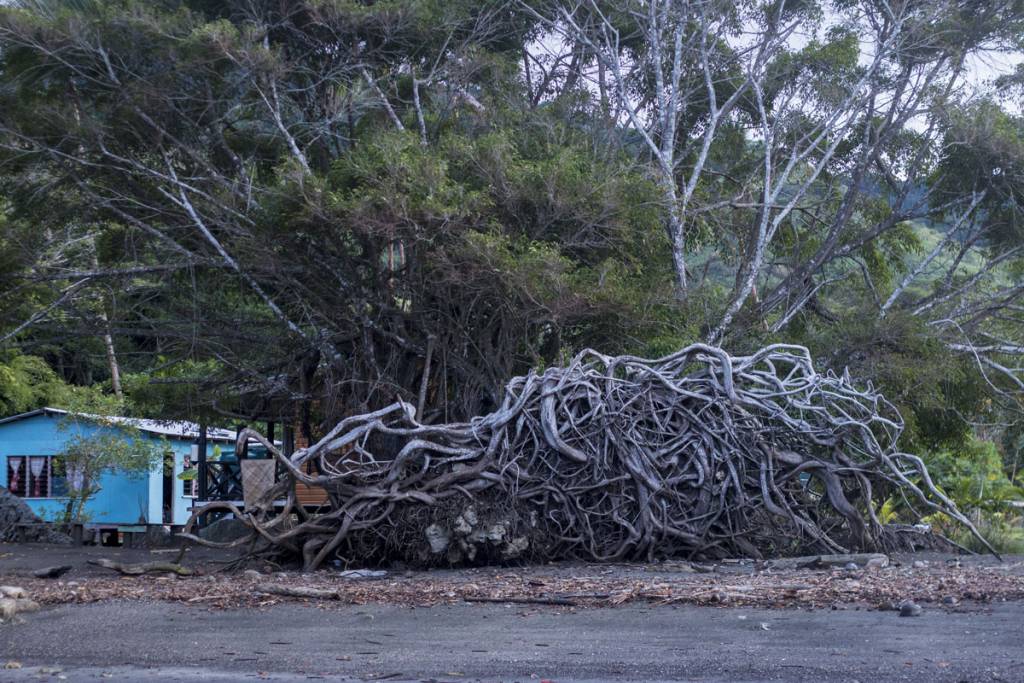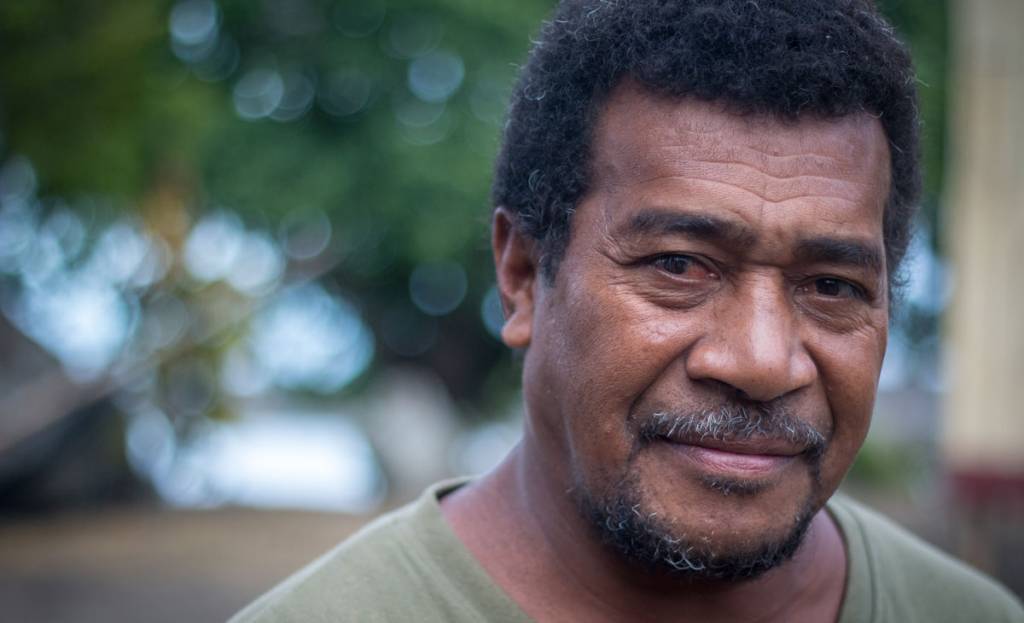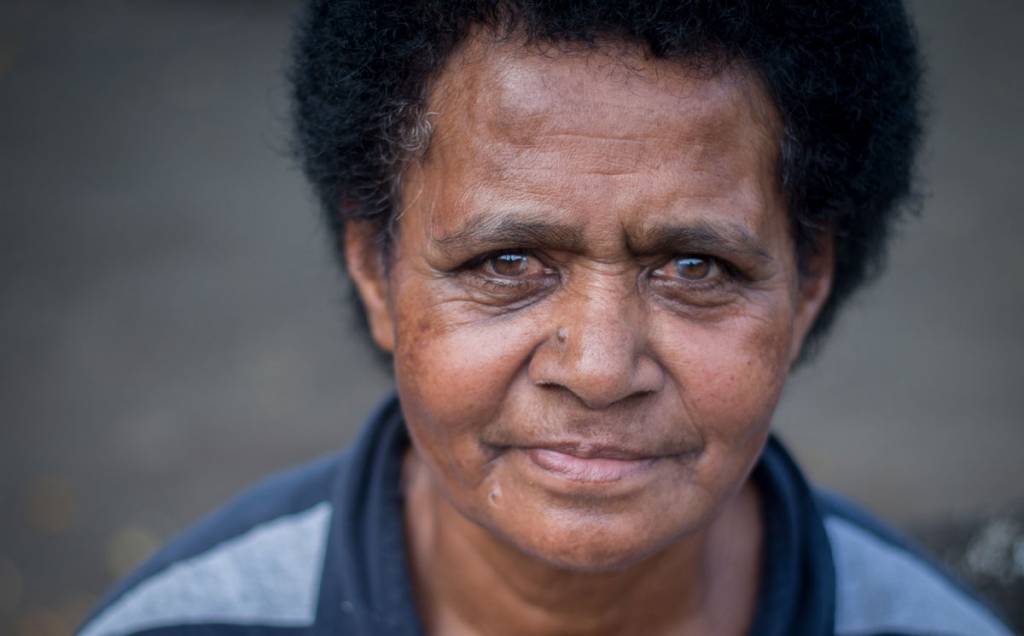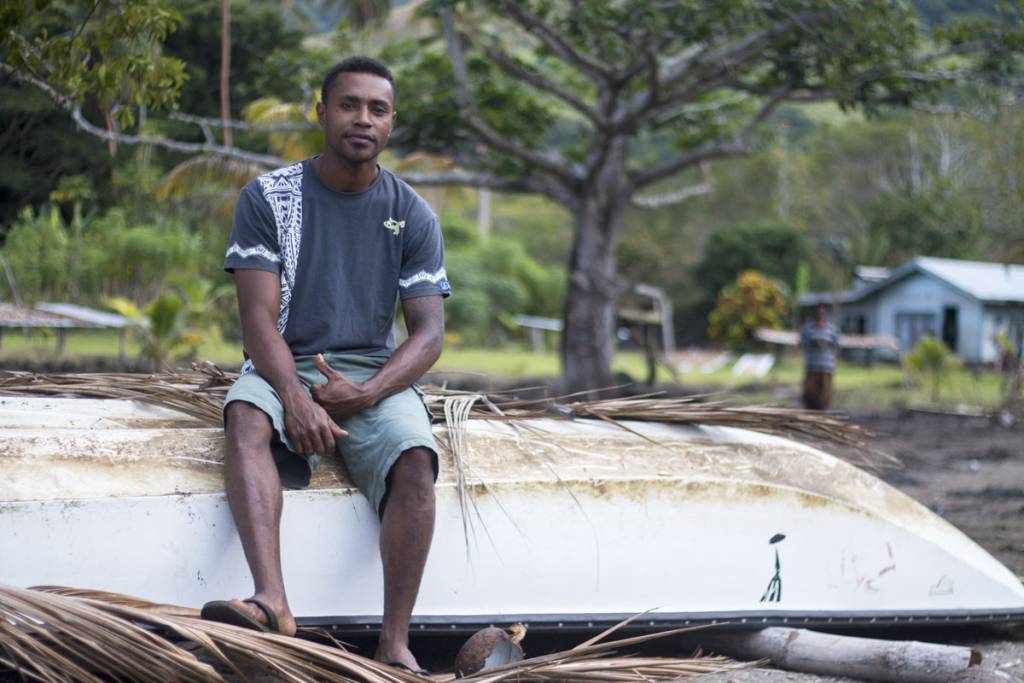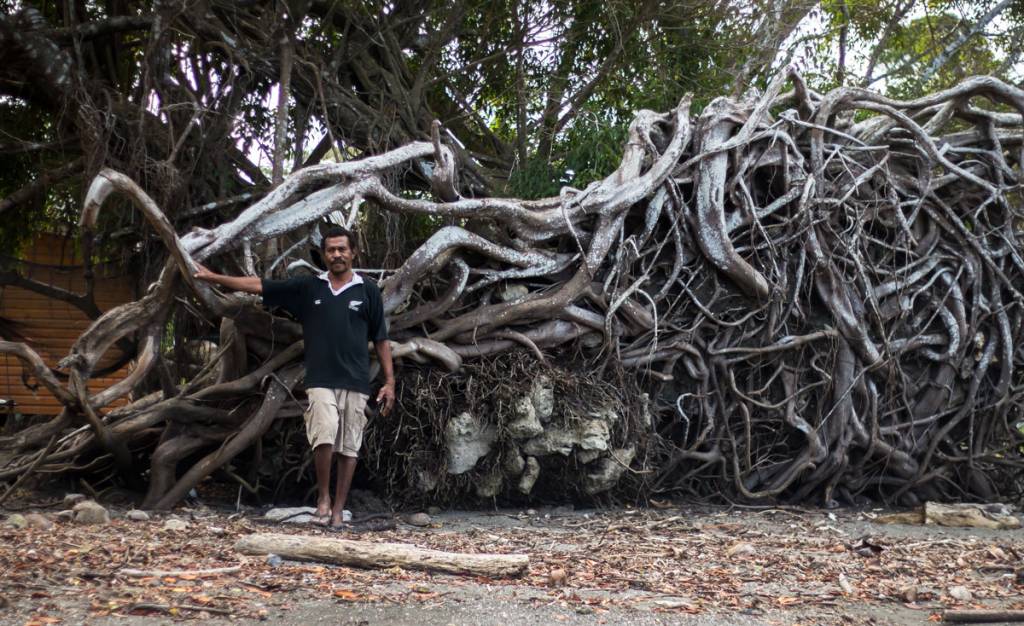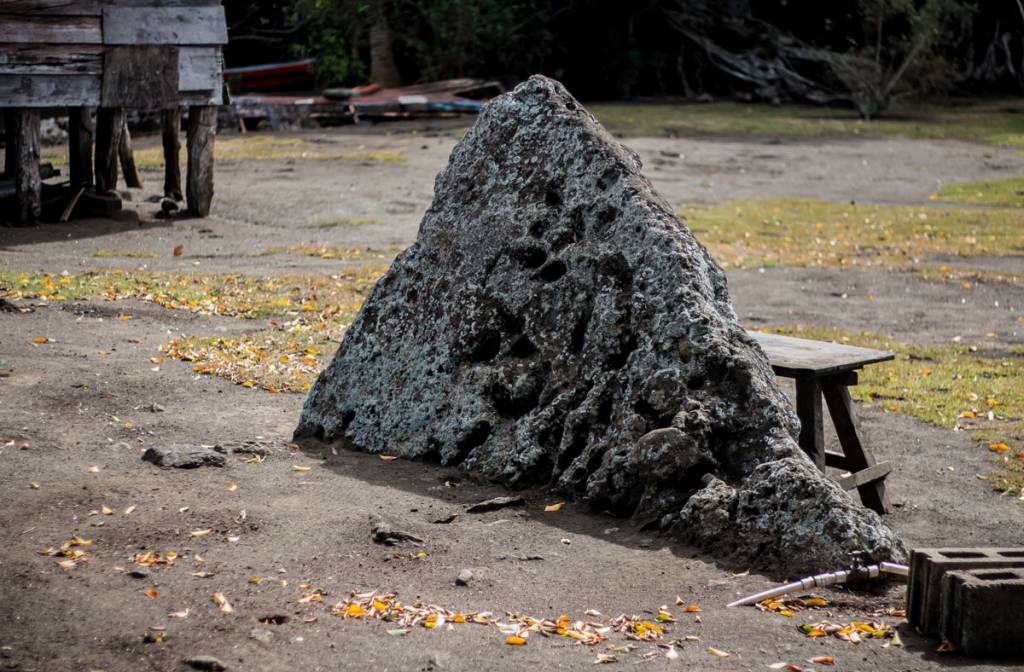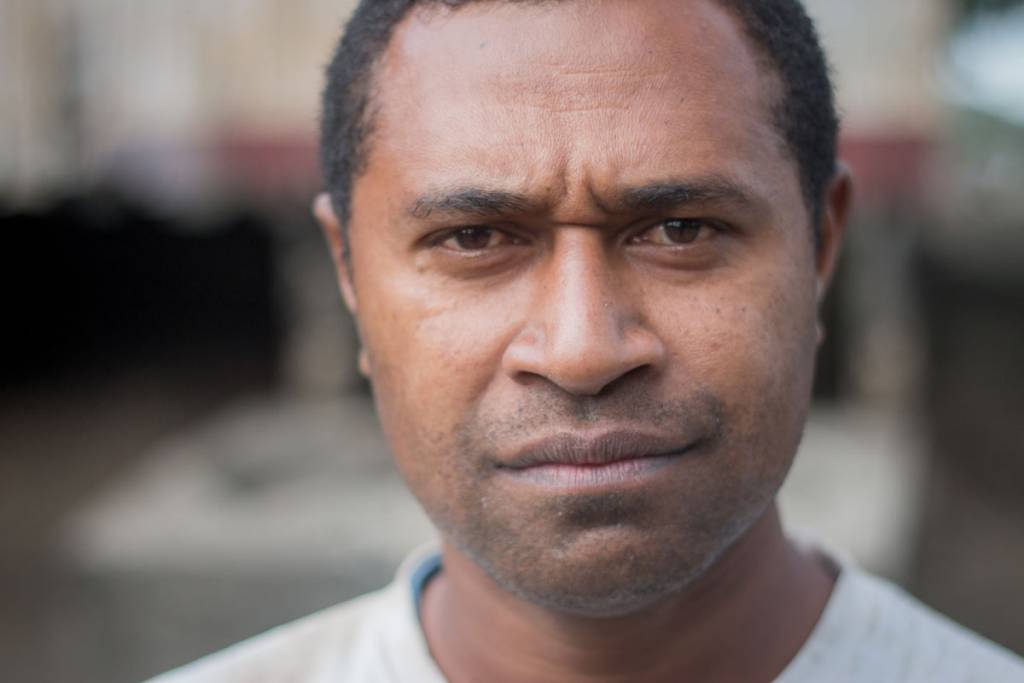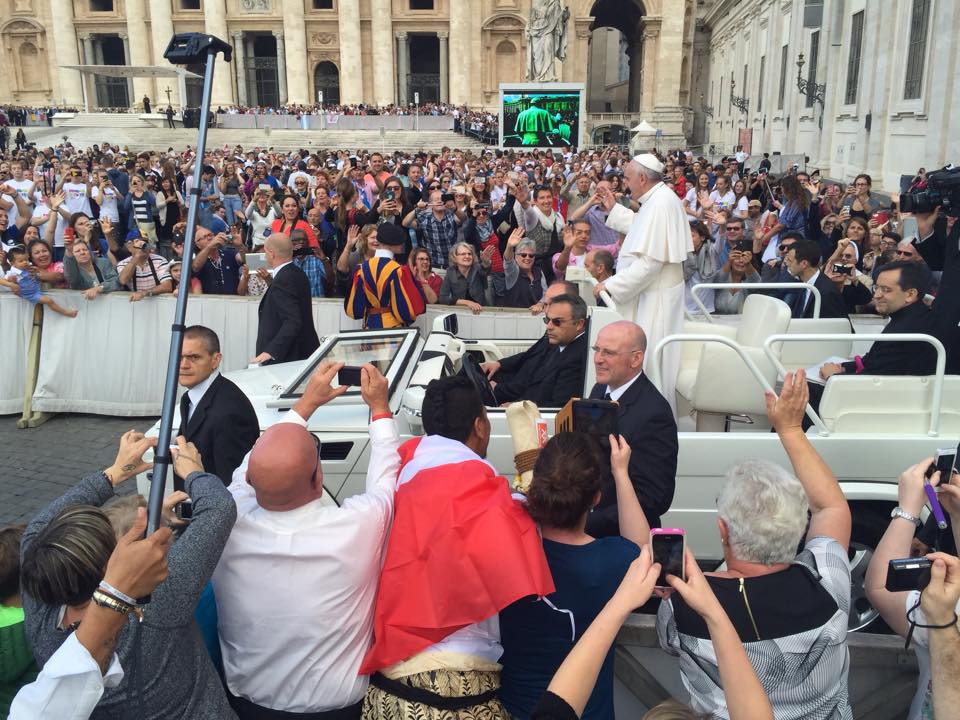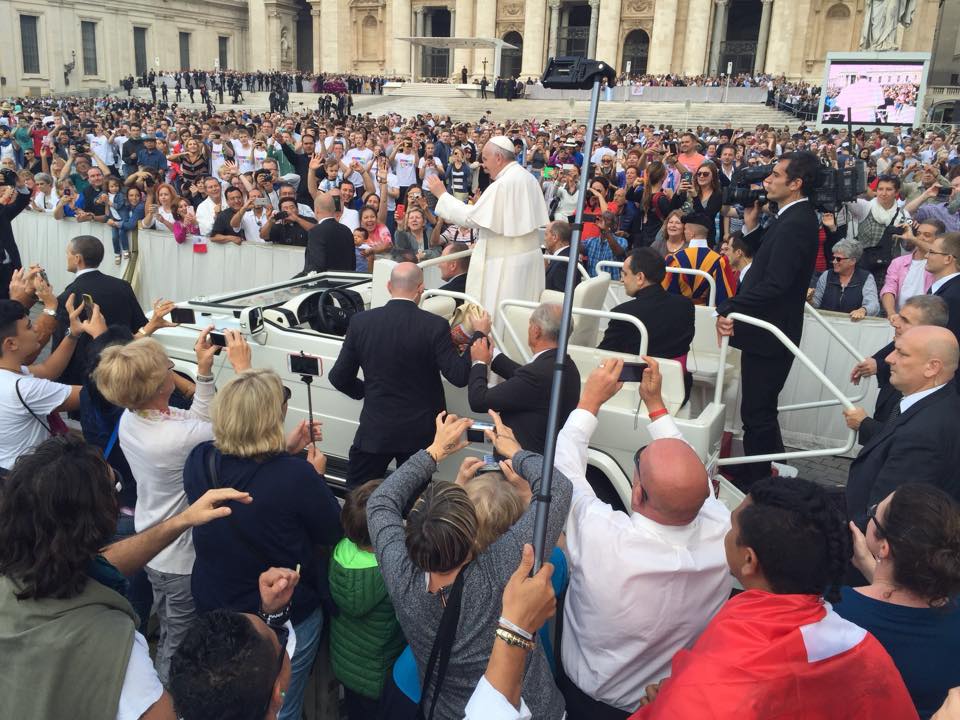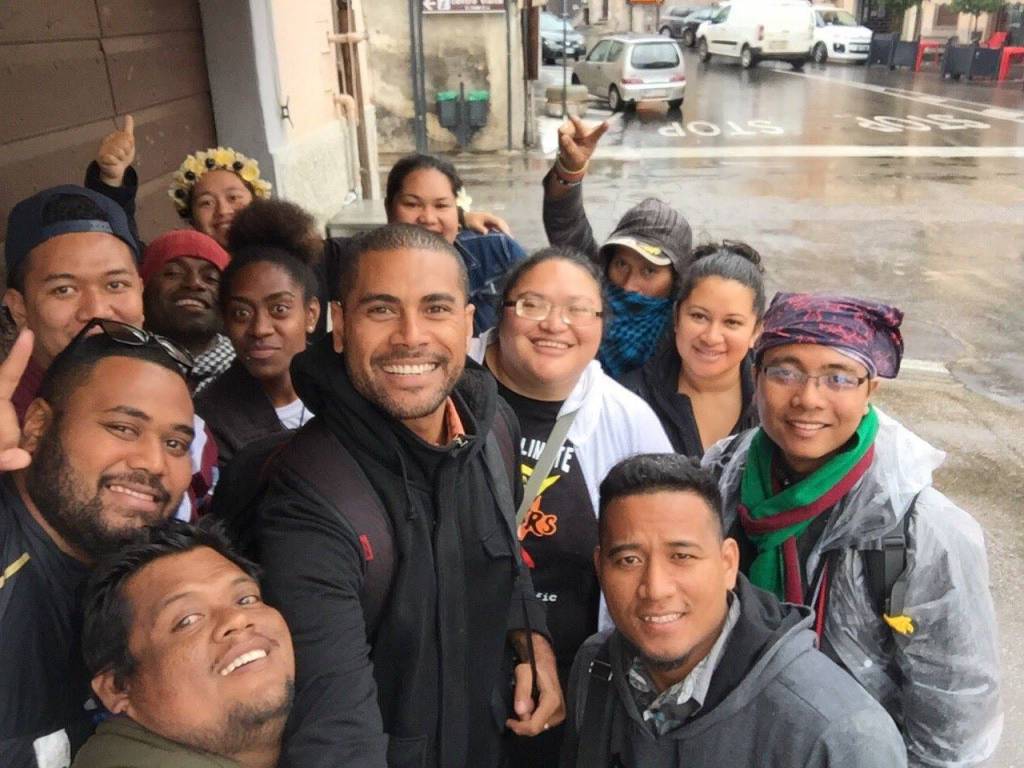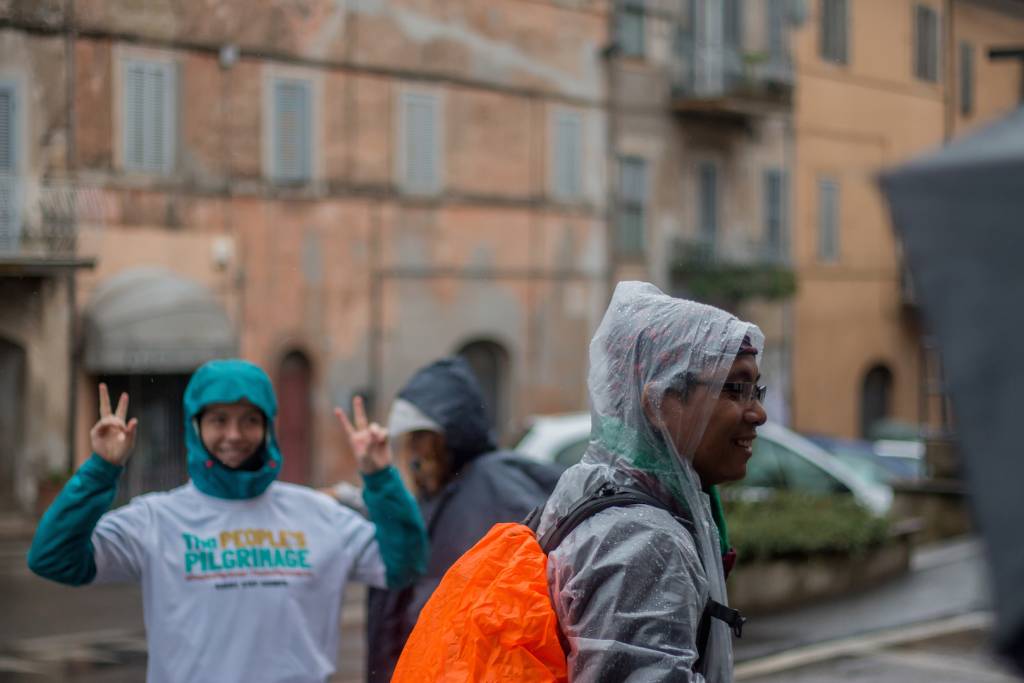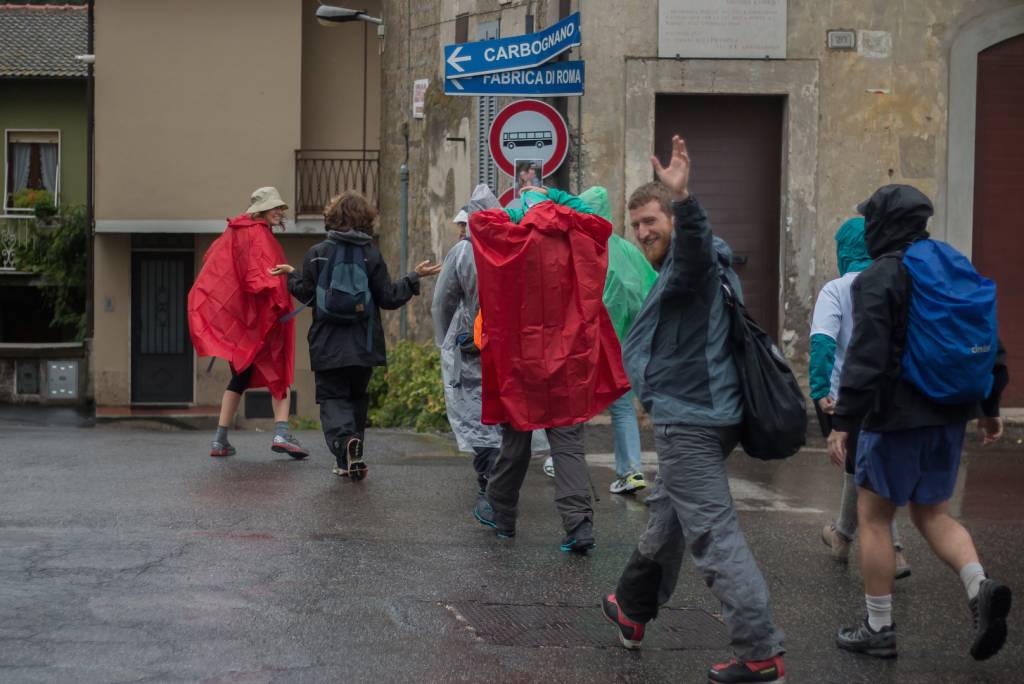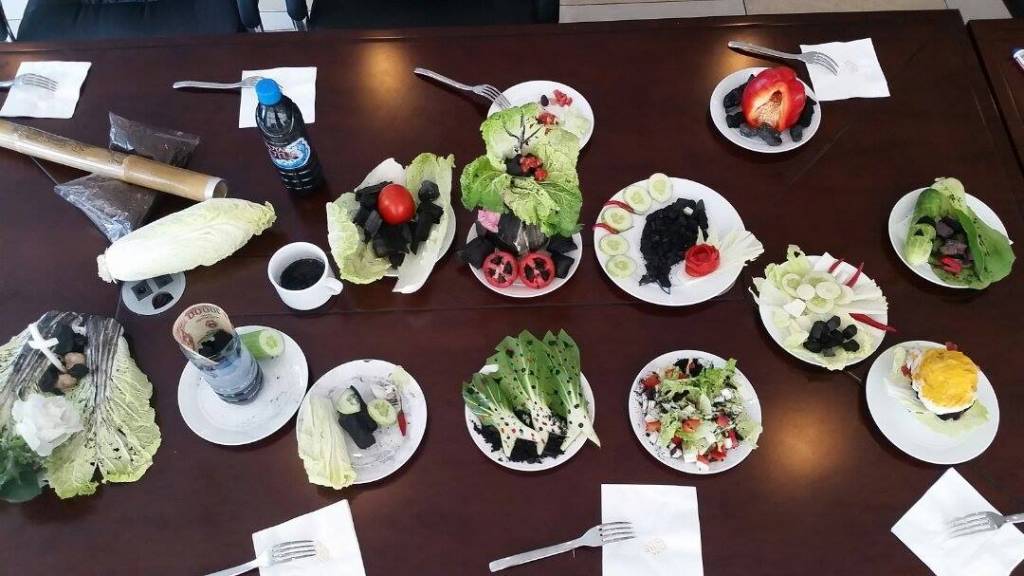Frontline Truths: Kiribati
In 2014, I visited Betio in Kiribati after it was hit with King Tides that destroyed nearly everything in its path.
While king tides occur naturally, we know that climate change played a hand in making the king tides more extreme. It’s given us a sobering indication of just how damaging any sea-level rise from here on in will be for Kiribati. Small amounts of sea level rise are causing disproportionately large amounts of damage
You can see a video from my time in Kiribati here
These children play outside a kava bar that was destroyed by the recent king tides. Most kava bars in Kiribati provide a steady source of income for its owners and their families. Now that this kava bar is destroyed, kids use it as a playground, while the owners clean up around it and figure out how to provide for their families.
Most wells in Tarawa were flooded by seawater making them unsafe to drink. These two women now have to fetch rainwater or preserved water from the Bonriki Government Water Supply source for their families. The king tide also completely flooded villages destroying banana trees, breadfruit trees, and crops a well. Their access to fresh drinking water and food is being threatened not just by climate change, but by king tide’s as well.
This seawall on which this 3-year-old boy plays was too low for the king tides- with it’s insatiable thirst for land and infrastructure. His parents only just recently renovated their kitchen. It, along with this little boy’s front yard, lounge area, and bedroom, was destroyed by the king tide. His family was unfortunately not the only family to experience this.
“This is the 3rd time I have had to rebuild my seawall because of the high tides. The recent king tides were the highest I have ever seen the tides. I have to keep rebuilding though because I need to protect my family.”
60-year-old Pauro of Temwaiko in Kiribati is the only male in his family. In his entire life, he has never been as scared of the waves as he was, during the recent king tide. His fear his not for himself, but his daughters and his people.
An old broken down blue lorry becomes a playpen for these children in Betio. This has become a normal sight in Kiribati; children playing in unsafe environments. Old rusty cars become jungle gyms, broken down seawalls become adventure parks, and devastated beaches become a soccer field.
“I remember thinking that I couldn’t believe I was witnessing all these things happening. Everything being destroyed, it was saddening. We heard that another king tide was on its way, so we are waiting for it. My son has already built a new seawall around our house to protect us.”
For these old ladies, this was the most severe high tide they had seen in their lives. The first lady, Kiariari, had her home destroyed by the king tides, and the second lady, Karo Tebenuakai, had her garden destroyed. The people of Kiribati live in simple traditional homes that make them more vulnerable to the rising tide. They also depend on their starchy root crops for carbohydrates. Life is a little more difficult when their shelter and food source is taken away from them.
Thomas Katioua, the security guard at the Betio Hospital, was on duty the day the king tides destroyed the maternity ward. His main priority during all the chaos was keeping mothers and their newborns safe. This old shell of a ship he is standing in front of was actually a shipwreck out in the lagoon. It was carried by the strong waves towards the seawalls, smashing them up! Fortunately, it just missed the hospital, this entire coastal community was in complete chaos.
“We are currently renovating the whole place because the patients need to be taken care of. Now the clinic is operational again, a new higher seawall has been constructed; the maternity ward has been reopened and everything is done now. I think everything has happened because of climate change.”
“The king tides brought with it so many problems. We were however very fortunate that the waves did not destroy the seawalls, instead, what happened was, the tide was so high that it swept right over the seawalls and straight into the hospital.”
The roads and the seawall along this coastal village in Temwaiko are no match for the waves that continuously leave a trail of destruction when the tide is in. Travel to other villages is made harder because the roads have been destroyed, and seawalls meant to protect the villages, crumble at the force of the high tides.

